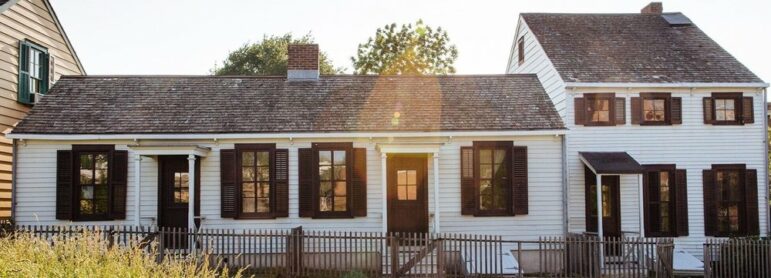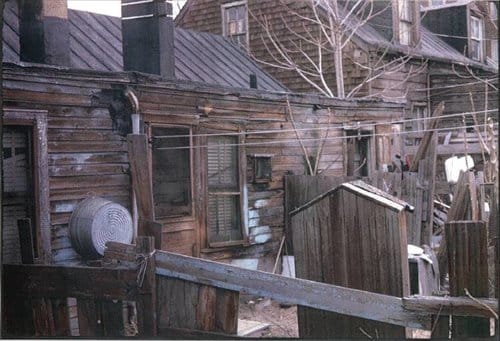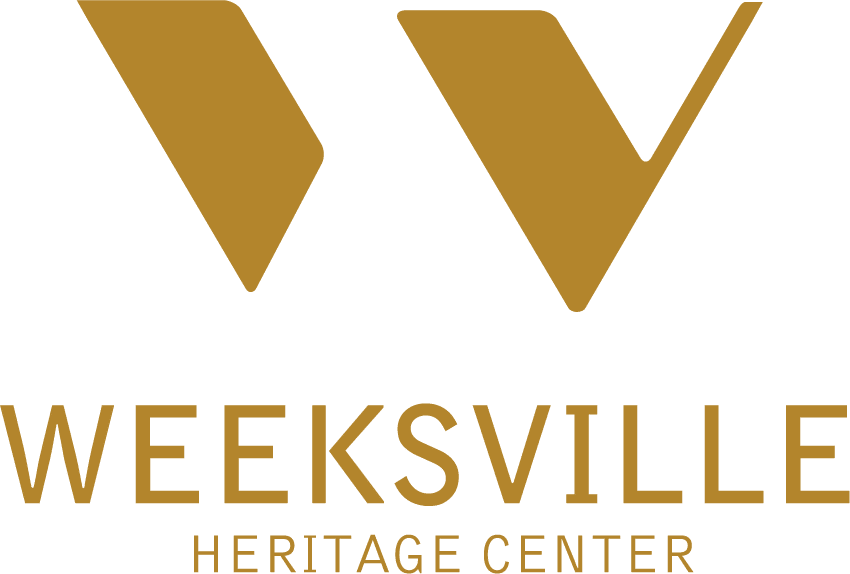Take a step back into time with a tour through the Historic Hunterfly Road Houses.
- PLEASE NOTE: You must pre-register for all tours. For individual tours, you must register within 72 hrs of your tour, for group tours 2 weeks in advance, and for educational tours 1 month in advance.
- Max capacity for group tours is 14 people.
- Payment must be made online through the links in the Guided Tours section of this page. Payment will not be accepted in person.
- Tours have been modified to align with COVID-19 Guidelines for safety. To enter the houses or any WHC facility, we strongly encourage you to wear a mask. Click here to read our full COVID-19 protocols.
- For more information, please email tours@weeksvillesociety.org
School / Educational Group Tours
To book a tour for a school or educational group, please use this form.
Finding the Clues: Weeksville Pre-Visit Packet (Elementary School)
Guided Public Tours
Wednesday:
10:30 am, 12:30pm, 1:30pm & 3:30pm
Thursday:
10:30 am, 11:30am, 12:30pm & 1:30pm
Friday:
10:30am, 1:30pm & 3:30pm
Saturday:
12:00pm & 2:00pm
Self-Guided Tours
Download our Self-Guided Tour brochure

Historic Hunterfly Road Houses
Weeksville, part of the present-day neighborhoods of Crown Heights and Bedford-Stuyvesant, was an independent free black community, named for James Weeks. Weeks purchased property in 1838, along with other African American investors, in order to create an intentional landowning community. Continuing the legacy of self-determination, Weeksville’s history was rediscovered in 1968 when urbanization threatened to erase the physical memory by destroying the few remaining historic homes. Instead, a grassroots preservation effort was led by James Hurley, Dewey Harley, Dolores McCullough, and Patricia Johnson, and eventually artist and activist, Joan Maynard to preserve the Hunterfly Road Houses and the memory of historic Weeksville.
Existing during Weeksville’s heyday and still intact today, the historic houses located along an old Native American trail and, later, colonial road, are examples of homes of free people of color in the urban North. The homes have been continuously inhabited.
1860s Historic House
A single-story, double-house that contains furniture and other artifacts relating to the mid-19th century. Visitors learn about the agrarian village of Weeksville and its inhabitants during the Civil War era. During the 1863 New York City Draft Riots, Weeksville served as a refuge for African Americans escaping the violence in Lower Manhattan. At this time, residents enjoyed a self-sufficient life, participating in a variety of occupations and developing several important community institutions.
1900s Historic House
A two-story wood framed house that was inhabited by the Johnsons, an African American family of three generations that lived here in the 1900s. Visitors explore the themes of family life in the 1900s against a backdrop of increasing community diversity and national hostility towards African Americans, as well as learning about technological advances of turn-of-the-century America
1930s Historic House
The Williams family, who lived here from 1923 to 1968, stayed together during one of the toughest times in US history – The Great Depression. The artifacts in this house reflect those times and are based on actual furniture and objects that were owned by the Williams. The music, warmth, and stories of this family come alive during a visit to the home.

